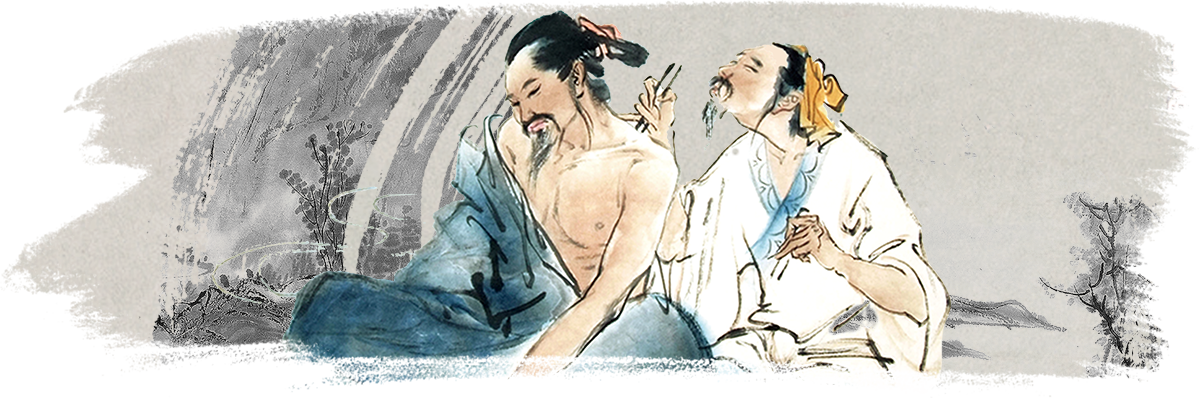Free&News

Processing of Chinese Medicinals 3
Methods of Processing
Traditional literature discusses methods of processing under the headings of sizing, water processing, fire processing and fire and water processing. Sizing includes eliminating foreign matter and unwanted parts as well as methods to reduce the material to particles and parts of appropriate size. Many items require treatment with fire and/or water.
Sizing
Sizing means removing unwanted parts and reducing materials to the right size for use.
Removing unwanted matter
Processes such as winnowing, sifting, scraping and brushing are commonly used to remove unwanted matter. For example, Hehuanhua(Albiziae Flos) has to have the twigs and leaves picked off. Shiwei(Pyrrosiae Folium) must have the hairs removed. Houpo(Magnoliae Officinalis Cortex) and Rougui(Cinnamomi Cortex) must have the rough bark shaved off.
Reduction
Crushing, flaking, grating and grinding are used to reduce items to small pieces. For example, Muli(Ostreae Concha) and Longgu(Mastodi Ossis Fossilia) are crushed to facilitate decoction. Chuanbeimu(Fritillariae Cirrhosae Bulbus) is crushed to powder so that it can be swallowed. Shuiniujiao(Bubali Cornu) and Lingyangjiao (Saigae Tataricae Cornu) are cut into thin flakes or grated before they can be used in preparations or taken directly. Numerous medicinals are finely ground to make powder preparations or pills.
Cutting
Many materials have to be cut into pieces make their active constituents soluble, to facilitate further processing or simply to facilitate drying before they can be stored. Particular items are often cut in conventional shapes, but a number of medicinals appear in more than one common cutting style in the marketplace.

International acupuncture education






